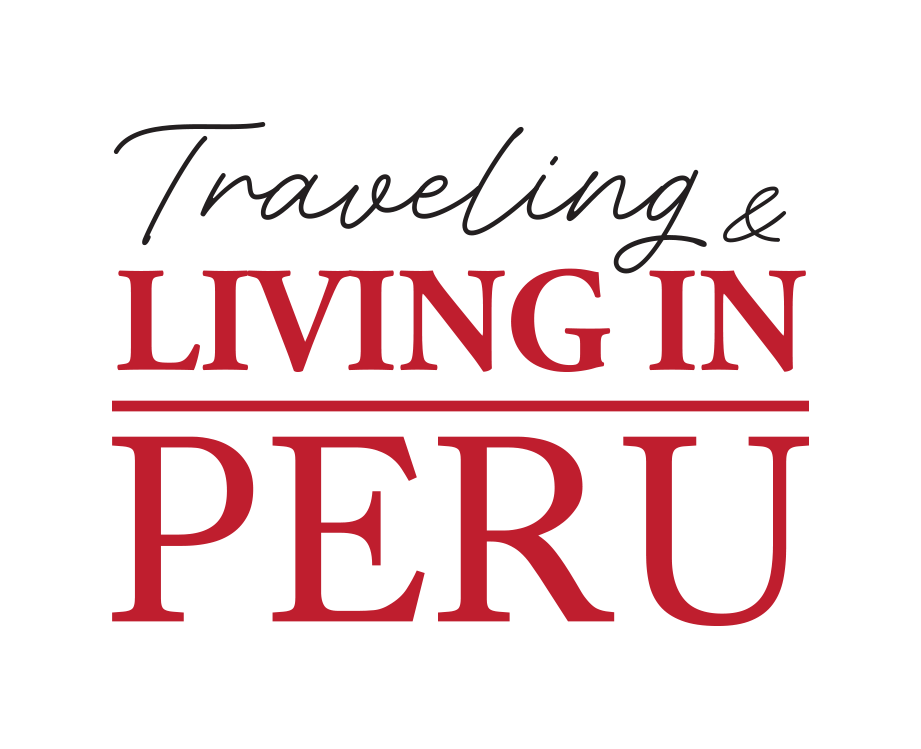Retirees looking to head south of the equator can find plenty of reasons to choose the land of the Incas. What makes Peru a good place to retire in your opinion?
Age may be nothing but a number, but the number 65 signifies a time for change and important life decisions for many older adults. For those looking to enjoy their time (and money) during retirement, there are plenty of reasons that make Peru a good place to retire.
Find out why some 15,000 expats (mainly from the US and Canada) have chosen to live abroad in Peru:
Low cost of living
Couples looking to retire in Peru can easily live off of a monthly budget of US $1,000. Of course, foreigners shouldn’t expect to replicate the lifestyle they enjoyed in the US or Canada for that price. The most up to date report from the US Social Security Administration shows that the average retired worker’s benefit is US $1,328 a month; a single person can easily live off that stipend, and a couple would accrue a nice savings.
While the capital city of Lima has the highest cost of living in all of Peru, expats can expect to spend about 30% of what they would spend living in New York City. This can be achieved by living outside of the most touristy districts (such as Miraflores), grocery shopping like the locals do (in district markets), and using public transportation instead of a personal car. While eating out is usually a costly expense in First World countries, dining in Peru (yes, it is still considered Third World) can be quite cheap if choosing a menú (set lunch). And those internationally renowned restaurants in Lima? Save those for once in a blue moon—if ever.
Change of scenery
How many UNESCO World Heritage sites can fit into one country? If you ask Italy, 54 (such a show off), but Peru stands strong with 12 sites (natural, cultural and mixed) recognized by the United Nations Educational, Scientific and Cultural Organization (UNESCO). What truly makes Peru unique however is the variety in landscapes: sandy beaches to the north, humid jungles to the east and arid highlands running up the spine of the country. Adventure and tourism abounds in Peru.
Even the capital city is full of archaeological sites, such as the 1,500-year-old adobe and clay pyramid Huaca Pucllana, located in Miraflores. Those looking to enrich their days with culture can peruse the permanent and rotating exhibits at the Museo de Arte de Lima (MALI, Lima Museum of Art) and Museo de Arte Contemporaneo (MAC, Contemporary Art Museum), as well as the famous erotic art at Museo Larco (Larco Museum).
With lower costs of living, money can easily be saved to support a retiree’s wanderlust, whether it be on a national flight or splurging on taxis to get from one museum to another cultural center.
Community of expats
Far from home? Direct flights from Lima to Los Angeles have a flight time of less than nine hours, and those to Miami clock under six. Retirees feeling homesick or needing to attend a grandchild’s or old friend’s birthday can often head back to the US West or East Coasts in less than a full day’s travel. However, it’s important to have a support system nearby.
Expats in Peru aren’t just satisfied with their life abroad, they’re outright happy. Numerous Facebook groups can offer quick support to parents and expats in general. As well, opportunities to meet up in person are frequently posted. Volunteering can also be a great way to stay active and meet like-minded people.
Nearly 4 million international visitors make their way to Peru a year, and large national cities are becoming ever more tourist-ready. In cities like Lima, Cusco and Arequipa it’s not uncommon to find locals with a conversational proficiency in English. And even with a language barrier, Peruvians are known for being warm and friendly.
So what’s the best way to know if Peru is a good place to retire for you? Plan a trip and experience this historic land for yourself!
Source: Investopedia
Cover photo: Pixabay


